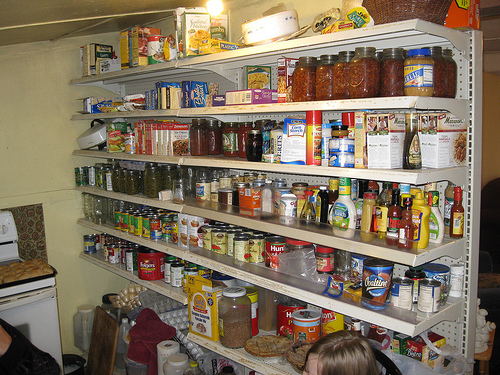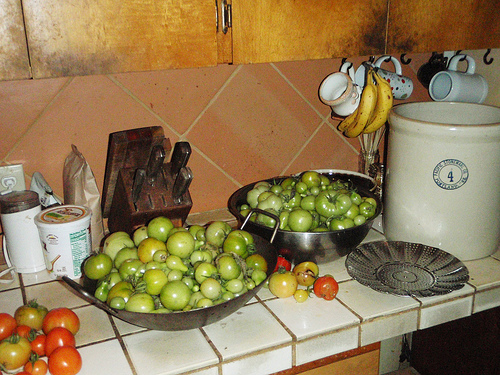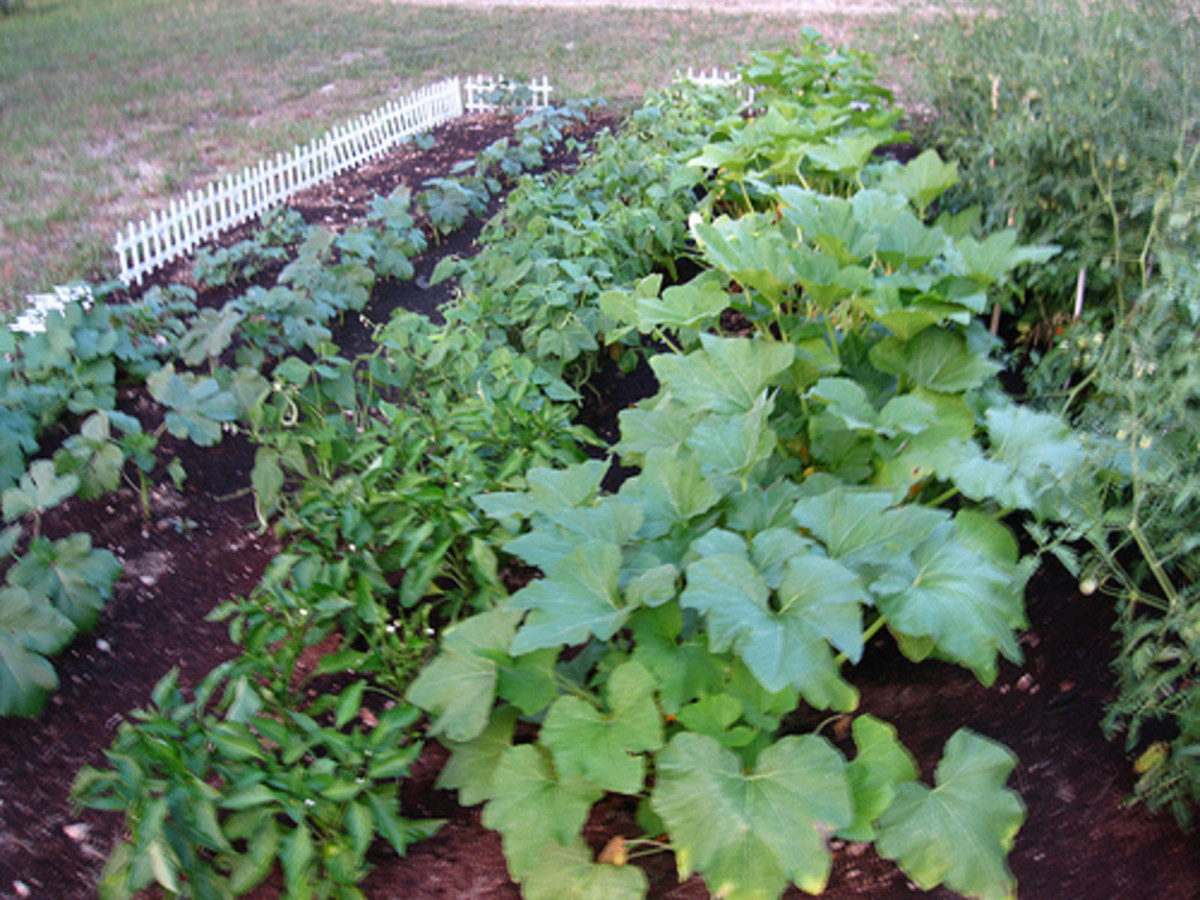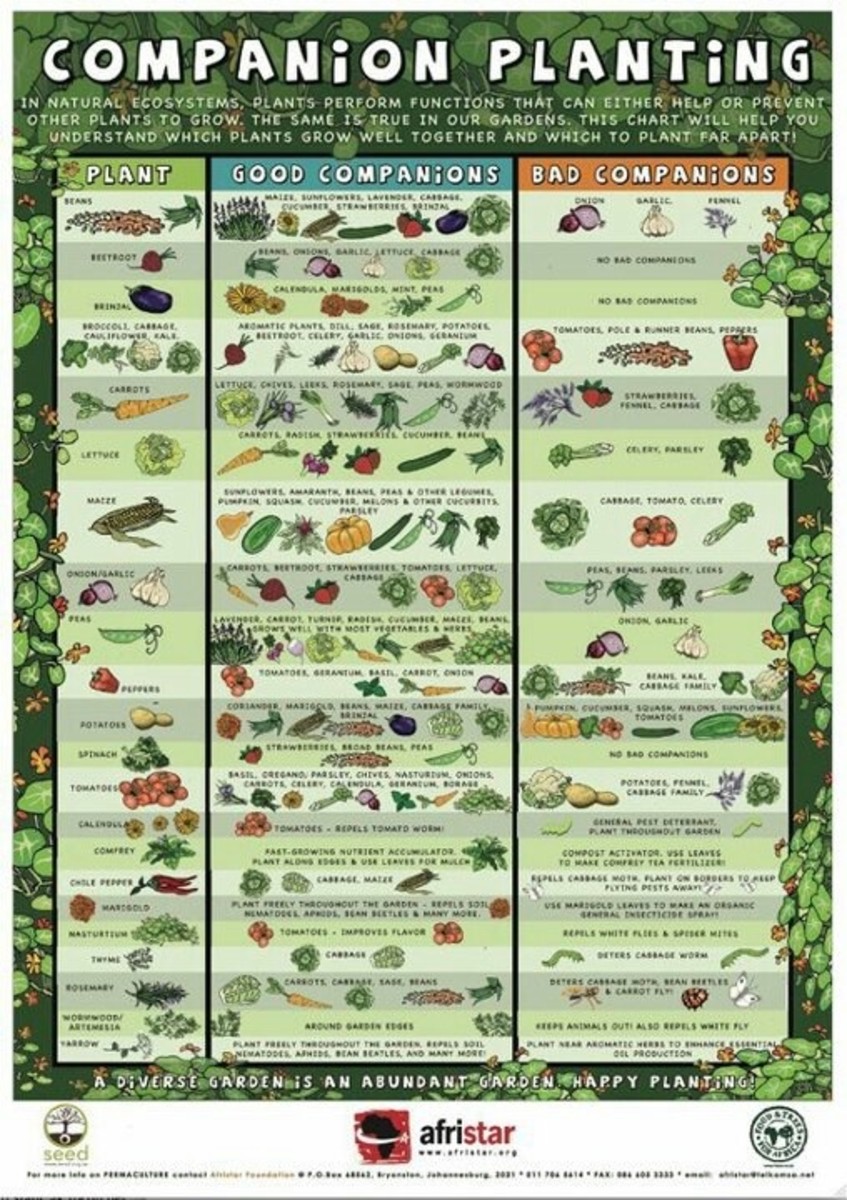Using Every Summer Vegetable in My Vegetable Garden
photo by Jeff Brown

You've happily worked in your garden. First, you worked the soil and got it ready for planting, then you planted, watered, weeded, mulched, fertilized, and sometimes had to fight the elements to get your garden to produce. Now you are seeing the first of the fruits of your labor. You pick it you bring it in. Now, what do you do with it?
Eat Garden Produce Fresh from the Garden
The first rule of harvesting produce in your summer garden is that you should eat what you grow and grow what you eat. The most healthful vegetables are those that come directly from the garden into your kitchen and are served within minutes, therefore, naturally, we should eat whatever we have planted in our garden in as fresh a state as possible. It certainly makes sense to me that the first way that we can make the most out of our gardens is to pick these vegetables as close to the time that we plan to use them as possible. This is the first and most important strategy to gardening that there is: Do not preserve what you grow until you have used what you can use in the kitchen today.
Take Advantage of Summer's Bounty

Avoid Wasting Summer Garden Produce
I don't know about you but I hate wasting what I've grown. I hate having it sit in the refrigerator only to be thrown out so I have devised a number of ways to make the most of my bounty.
We, of course, cannot always eat everything that we grow on the day that we pick it and that is where preserving our produce should begin.
The first method of saving my produce for the future involves a little technique that I call: A little dab will do you. This technique expands on a technique I learned from the first edition of Mel Bartholemew's book: Square Foot Gardening. Here's how it works. Often we have just a small amount of a specific vegetable ready at a time. Perhaps we have a handful of snow peas or a handful of green beans. Take the vegetables you have and clean them and blanch them (blanch by boiling them for 3 minutes). Drain thoroughly and place the vegetables on a cooky sheet so that none of the vegetables are touching one another, place in the freezer. Once frozen place into a freezer bag or container and place back into the freezer. Each time you have a little more than you can eat that day, place it into a freezer container. If you wish, put a single variety into each package when there is enough of the vegetable for a meal, begin another container.
Mix Excess Summer Vegetables for Specific Dishes
This idea is a slightly different take on the same suggestion above that came from Square Foot Gardening Mel Bartholomew's book.
He suggested taking whatever small amounts of a vegetable I picked in a day and mixing vegetables together to make the perfect combinations for stews or stir-frying at just the right quantity for family use. My favorite is making my stir-fry mix. I start with snow peas, then when the green beans are ready I add them, then summer squash, and then green peppers. Because broccoli doesn't seem to grow well here but I love it in my stir fry, I buy the broccoli and the water chestnuts and add them to the mix. (Who says you have to grow all of it). To use I take down my wok, heat a little oil, add garlic, and then the stir fry mixture. I then like to add a little sesame oil and soy sauce when done.
Freeze Fresh Herbs in Ice Trays
Fresh herbs from the garden are a wonderful addition to any meal. Save excess herbs by freezing them in an ice cube tray filled with water. Once frozen, remove cubes and place into freezer bags or containers and use one at a time whenever you want to use fresh herbs.
Dry Excess Herbs
Another way to preserve fresh herbs is to dry them. I've heard of people who have successfully dried herbs in paper bags hung upside down and the like but because of the part of the country where I live, it's too humid to dry them properly so I use a food dehydrator to dry my herbs.
Dry Excess Fruits and Vegetables
The food dehydrator can also be used to preserve fruits and vegetables from the garden. An advantage to dehydrated food is that if placed in sealed packaging, it will last forever.
Home Canning
What I do when I get an excessive amount of zucchini squash, tomatoes, and peppers is make the best tomato sauce I've ever eaten. It's really easy to do if you know how to use a pressure canner. Take about 4 medium-sized zucchini, four garlic cloves, three large onions, and four or five peppers, and grind them to the consistency of relish. Take as many tomatoes as you can, peel them and then grind them and add them to the mixture. Add enough tomatoes to fill the entire canner. Cook this mixture down until your canner is half full. Add one number ten can of tomato paste. Season to taste with salt and spices. Can according to canner instructions.
This content is accurate and true to the best of the author’s knowledge and is not meant to substitute for formal and individualized advice from a qualified professional.
© 2011 Cygnet Brown





